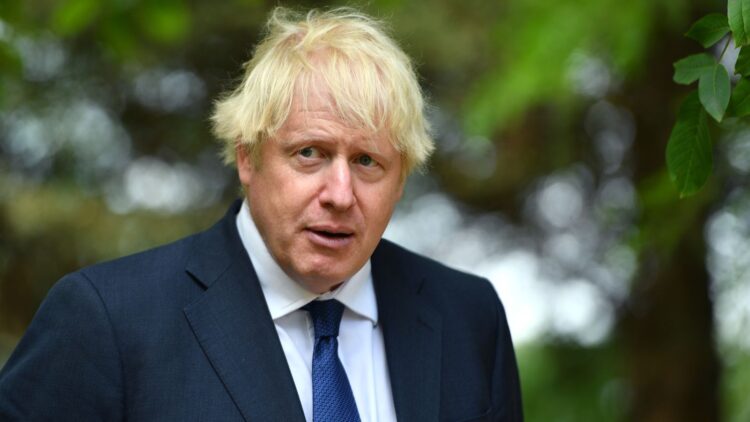By Gabriel Princewill-
Boris Johnson’s U turns in his dealing of the pandemic can be seen as a sign of flexibility and adaptability in the face of changing information about the raging coronavirus. Alternatively, it could be a negligent error of judgement.
Changing positions of the British government in relation to the pandemic is, at best, a reflection of receptiveness to advice in the face of a largely unknown and virulent virus such as Covid-19. At worst, it reveals a shaky and inconsistent position that could bring to question the legitimacy of rash steps taken by the government. The legitimacy of action taken can always be inferred by assessing its justification.
The legitimacy of drastic action taken can be assessed by assessing its justification. In a situation of changing information about the coronavirus, a responsible government is expected to adjust its response to the severity of developments. That sometimes includes taking radical, action when necessary.
Detecting necessity in these circumstances is often subjective, but can be deduced by balancing the costs and benefits of taking a particular decision. Closing schools will be logical if the consequences of leaving them open would be catastrophic. That’s a question of fact, but could also be based on flawed calculations. Ultimately, the more coherent and defensible the reasoning behind a decision, the higher the appeal of its credibility.
Consistency
Consistency in the government’s official position is important, but it is also important for the government not to be too rigid in its approach to critical decisions it takes. If Boris Johnson’s U turns are qualities of adaptability to new developments about the virus, it could show a potential important mark of flexibility on his part.
Compromising one’s position for the greater good can be a quality, provided there is balance and proportionality. If leaving schools open would be catastrophic for the public, then closing them would be right. How long schools remain closed should be a matter of periodic review.
The Secretary Of Education, Gavin Williamson, has been pilloried for his legal threats against schools which were refusing to stay open. Williamson appears to have been representing the official position of the government at that time, until the the position changed. If the position was changed for a legitimate reason, the decision is justified.
The duration of school closures will have to be assessed on the basis of proportionality, pitting facts and adopted measures together- reasonableness always being the benchmark for assessing justification.
Sudden Change
Establishing the rationale for the sudden change in the government’s decision on schools opening/closing from two weeks ago to the past 24 hours, is important.
It appears that either the government’s initial challenge of the wishes of teacher unions to close schools, was a reprehensible oversight on its part, or the British government was exposed to some fresh insight that changed the emergency situation.
Williamson has had to pick up the pieces, but fighting for the education of pupils is not a bad thing. An appropriate balance has to be struck between the importance of preserving the education of children, and the risk they pose in infecting others. It’s a question of fact, and one which must be kept under periodic review .
Many children, particularly from disadvantaged homes, are expected to suffer as a result of remote learning. The atmosphere in some homes is not conducive to learning, and not all families are motivated enough to inspire their children to work at home. The success of remote learning may require the accountability of parents in ensuring allocated time for their children to study in compliance with assigned work from schools.
Schools have a role to play, and have varying levels of expertise and competence. Ofsted has said it would monitor the efficacy of remote learning for school children.

